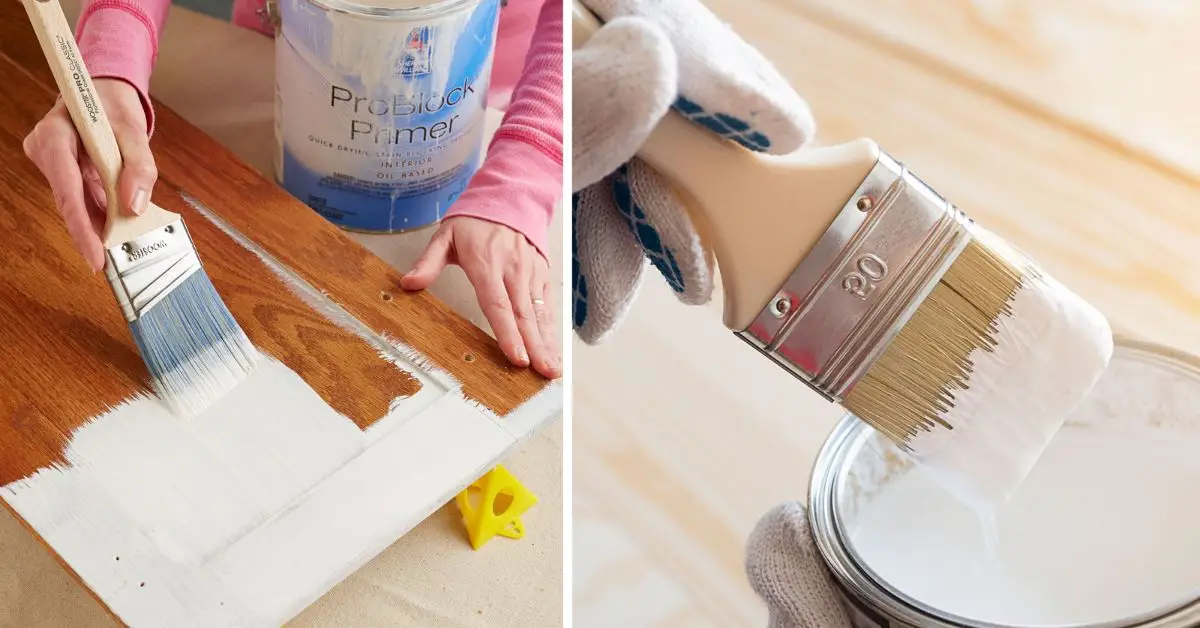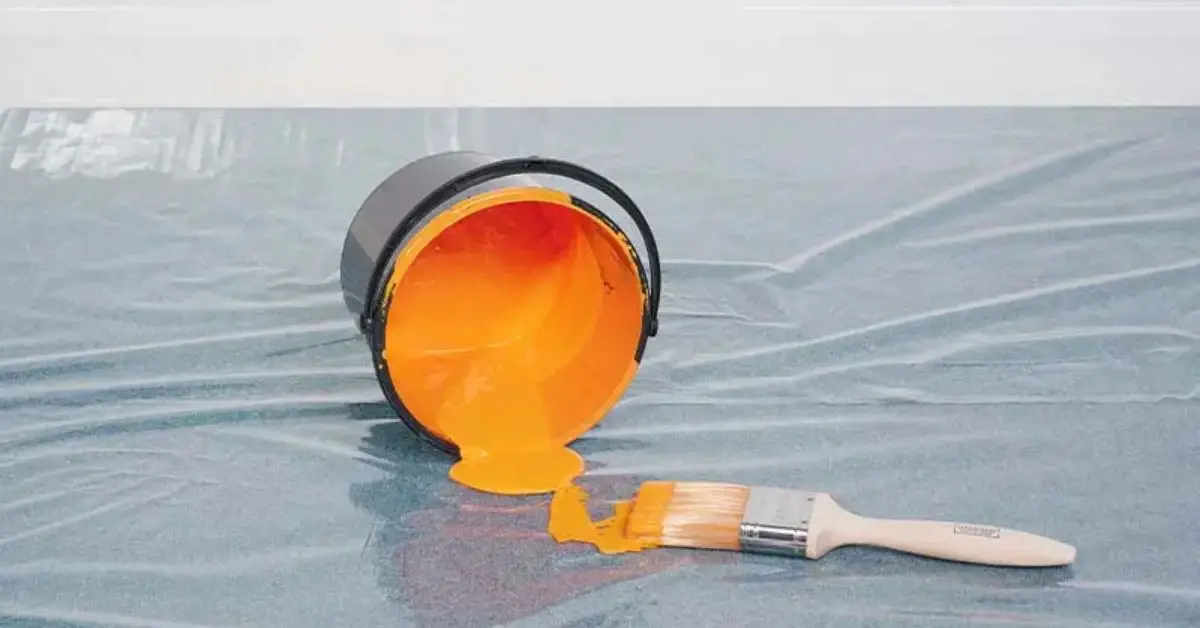How to Remove Paint from Carpet, Floors & Rugs: 7 Quick Hacks
I’ve been there—one minute you’re painting, and the next, a glob of paint lands on your carpet. It feels like a disaster in slow motion. I know that panic sets in because a fresh paint stain can turn a cozy room into a nightmare if it’s not handled quickly.
The tricky part? Not all paints behave the same. Water-based paints can sometimes be blotted away, while oil-based paints sink in fast, leaving permanent marks if you wait too long. Over the years, I’ve learned that acting fast, knowing what you’re dealing with, and having the right tools can save hours of frustration—and even a ruined carpet or rug.
In this guide, I’ll share 7 hacks to get paint off carpets, floors, and rugs. These are practical, tested, and they actually work. By the end, you’ll know exactly what to do—without panic, guesswork, or messy regrets.
Hack #1 – Act Fast: The 5-Minute Rule
I can’t stress this enough—fresh paint waits for no one. The moment you notice a spill on your carpet or rug, you’ve got about 5 minutes to prevent it from soaking in. Acting fast makes the difference between a small blot and a stain that looks permanent.
Here’s what I do:
- Blot, don’t rub: Grab a clean cloth or paper towel and gently blot the paint. Rubbing spreads it and pushes it deeper into the fibers.
- Work from the edges in: Start from the outer edges of the spill and move toward the center. This keeps the stain from spreading.
- Use cold water for water-based paints: It slows down absorption without setting the stain.
Taking these steps right away saves you time, money, and headaches later. Think of it as your first line of defense.
Hack #2 – Identify the Paint Type: Water-Based vs. Oil-Based

You need to know exactly what you’re dealing with because water-based and oil-based paints require different treatments. Treating them the same way can make the stain worse.
How to tell the difference:
- Water-based (latex/acrylic): Usually labeled “latex” or “acrylic” on the can. Easy to clean with soap and water if caught early.
- Oil-based: Look for labels like “alkyd” or “oil-based.” These dry hard and need solvents like turpentine or a commercial remover.
I like to double-check by dabbing a tiny amount with water—if it softens, it’s water-based. If it stays hard, it’s likely oil-based. For reference, The Home Depot has a great guide on removing paint from carpet that covers this in detail.
Knowing the paint type early saves you from wasting effort and avoiding carpet damage.
Hack #3 – DIY Solutions: Household Items That Work Wonders
You don’t always need expensive chemicals. Some of the most effective solutions are already in your kitchen or cleaning cabinet. Here’s what I do:
- Dish soap + warm water: Mix a few drops of dish soap in warm water. Dab with a clean cloth and blot the paint gently.
- White vinegar for dried paint: Heat a small amount and apply to the stain with a soft cloth. It helps soften dried latex paints.
- Rubbing alcohol: Works wonders on stubborn water-based stains. Apply sparingly and blot.
- Baking soda paste: For textured rugs, I mix baking soda with water into a paste and gently scrub. It lifts paint without harming fibers. For more clever ways to use common ingredients like vinegar and baking soda, see our post on 8 must-try vinegar and baking soda home cleaning hacks—these hacks go hand-in-hand with removing paint stains efficiently.
I usually start with the mildest solution first. This approach is safe, cost-effective, and surprisingly effective. If you want to discover more professional cleaning secrets that will transform your home, check out our detailed guide—it complements these DIY paint removal tips perfectly. Plus, it gives you control—you’re not blindly scrubbing with harsh chemicals.
Hack #4 – For Dried Paint: Rehydrate and Scrape

I know how frustrating dried paint can be—it seems impossible to remove without damaging your carpet or rug. But don’t worry, a few smart steps can make it manageable:
- Soften the paint first: Apply a small amount of warm water or a vinegar solution to the dried spot. Let it sit for 5–10 minutes to rehydrate the paint.
- Use a plastic scraper: Gently lift the softened paint with a scraper or an old credit card. Avoid metal tools—they can damage fibers.
- Blot the residue: After scraping, dab the area with a clean cloth soaked in mild soap and water to remove leftover paint.
This method prevents you from scrubbing endlessly and damaging the carpet, making even the stubborn dried spots manageable.
Hack #5 – When to Use Commercial Cleaners: Safe and Effective Options
Sometimes, the DIY hacks just don’t cut it, especially for large spills or oil-based paints. That’s when I reach for commercial cleaners. A few tips:
- Choose a carpet-safe cleaner: Look for products labeled safe for carpets or rugs.
- Test first: Always do a patch test in an inconspicuous area to avoid discoloration.
- Follow instructions carefully: Overuse or leaving chemicals on too long can damage fibers.
For trusted options and detailed guidance, I often refer to Good Housekeeping’s guide, which lists safe and effective cleaners for different paint types.
Using commercial cleaners responsibly can save time and ensure your carpet stays intact without endless scrubbing.
Hack #6 – The Iron Trick: Steam to Lift Paint
I discovered this trick when I needed to lift a stubborn latex paint spot without harsh chemicals. The steam from an iron can loosen paint from carpet fibers safely:
- Cover the stain: Place a damp cloth over the paint.
- Apply a warm iron: On low to medium heat, gently press the iron over the cloth for a few seconds. The steam softens the paint, making it easier to blot.
- Blot immediately: Use a clean cloth to lift the loosened paint. Repeat if necessary.
This method works surprisingly well, especially for fresh or slightly dried water-based paints, and it’s a clever alternative when you want to avoid chemicals. If you enjoy unconventional cleaning hacks, you’ll love our roundup of 10 TikTok home cleaning tips that actually work, which includes some tricks that pair well with the iron steam method.
Hack #7 – Prevention is Better Than Cure: Tips to Avoid Future Spills

I’ve learned the hard way that prevention saves way more time and stress than cleaning later. Here’s how I make sure paint spills don’t ruin my carpets or rugs:
- Use drop cloths and old sheets: Cover floors completely before you start painting. Trust me, it’s a game-changer.
- Keep paint containers stable: Place cans on a flat, sturdy surface and avoid overfilling brushes or rollers.
- Work with smaller batches: Pour only what you need at a time to minimize accidental spills.
- Quick-access cleaning kit: Keep a small kit nearby—paper towels, dish soap, and a spray bottle of water. This allows me to act immediately if a spill happens.
- Train helpers or kids: If anyone else is around, make sure they know the “no running near wet paint” rule!
By following these simple precautions, you dramatically reduce the chances of stains and keep your carpets, rugs, and floors safe and looking great.
Conclusion
I hope by now you feel more confident tackling those dreaded paint spills. From acting fast in the first five minutes to identifying the type of paint, using household hacks, or even trying unique tricks like the iron steam method, every step is designed to save your carpet, floors, and rugs from permanent stains.
What I’ve realized over years of experience is that a calm, methodical approach works best. Panicking rarely helps, but having the right knowledge and tools at your fingertips can turn a potential disaster into a manageable cleanup task. Prevention, of course, remains the smartest strategy—covering your floors, keeping supplies handy, and being aware while painting can spare you the trouble entirely.
I’d love to hear from you—have you ever faced a paint spill disaster? What method worked for you, or what’s your go-to trick? Comment below and share your experience; it helps our community learn from real-life tips.
And if you want more practical home maintenance hacks, expert cleaning tips, and DIY solutions, make sure to visit Build Like New. We’re all about making your home projects easier, smarter, and stress-free.
Disclaimer: The tips and methods shared in this article are for general guidance. Always test cleaning solutions on a small, hidden area first, and follow manufacturer instructions for carpets, floors, and commercial cleaners. Build Like New is not responsible for any damage or injury resulting from the use of these methods.


